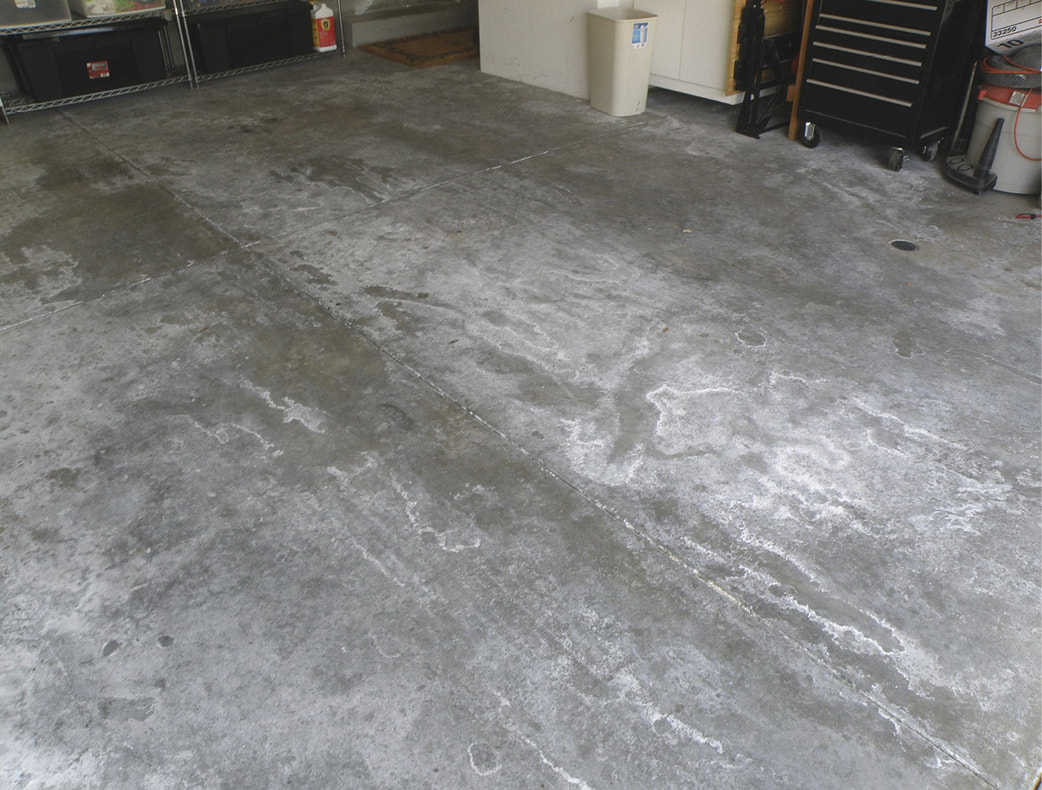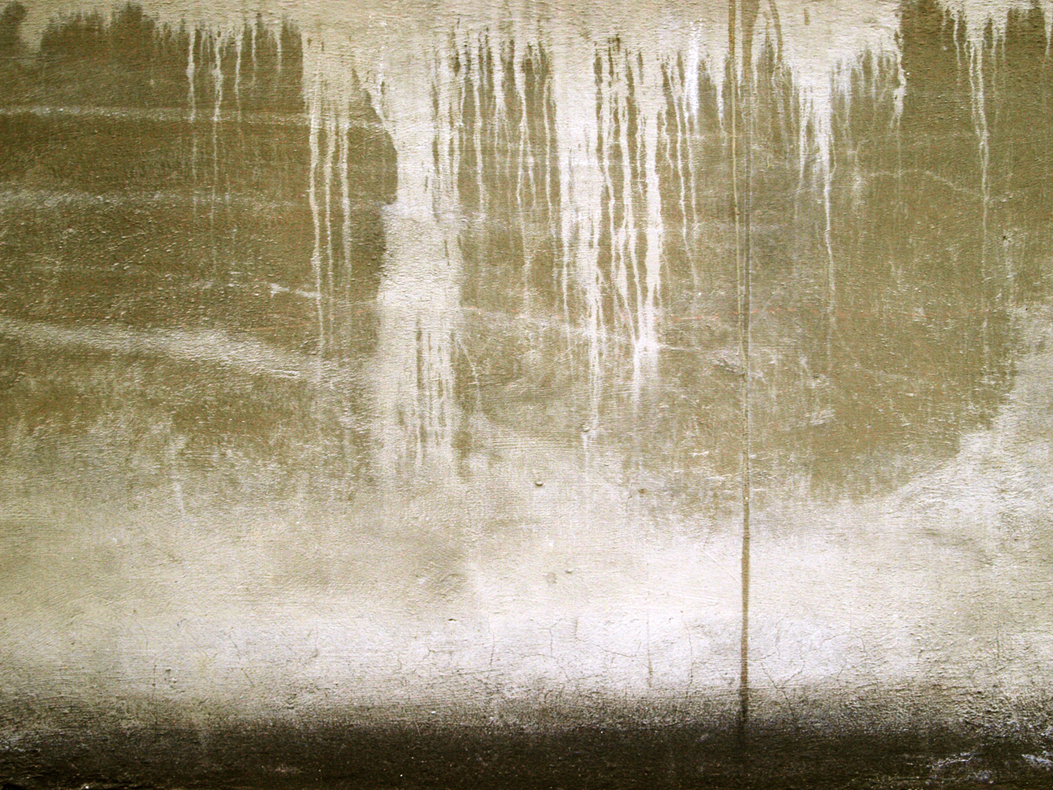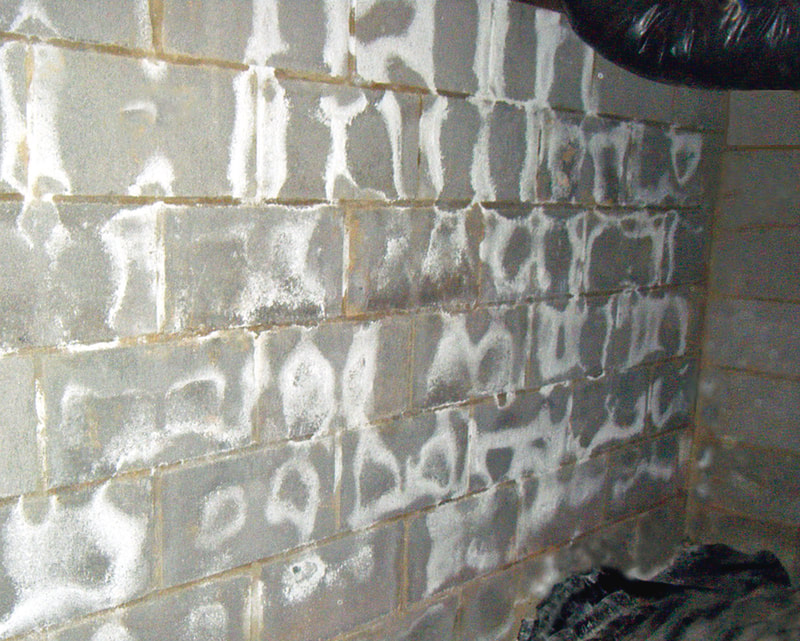1. What is efflorescence?
Efflorescence in concrete is seen as a white powder deposition of salts on the surface of concrete. It occurs with all concrete and is the most frequent problem faced when dealing with concrete, plasters, and mortars.
Efflorescence is caused when soluble salts and other water dispersible materials come to the surface of concrete. It is induced by low temperatures, moist conditions, condensation, rain, dew, and water added to the surface of fresh concrete to assist trowelling.
Efflorescence in concrete is seen as a white powder deposition of salts on the surface of concrete. It occurs with all concrete and is the most frequent problem faced when dealing with concrete, plasters, and mortars.
Efflorescence is caused when soluble salts and other water dispersible materials come to the surface of concrete. It is induced by low temperatures, moist conditions, condensation, rain, dew, and water added to the surface of fresh concrete to assist trowelling.
2. What causes efflorescence?
- The presence of salts in one of the materials of concrete. Commonly found in the fine aggregates or sand taken from riverbeds.
- When concrete is not cured properly.
- Slow rate of evaporation of water allowing time for salts to permeate to the surface.
- If the water content in the concrete mix is high, it makes the concrete porous. Thus, allowing the path for water and salts to come to the surface, causing efflorescence. This is most likely to happen in rainy, cold seasons.
- Underlying moisture issues prior to laying concrete, screeds, or overlays.
- Using too much water in the mix and finishing process.
3. How can efflorescence be prevented?
- A well graded concrete mix with a water reducer to minimize paste.
- Use of concrete ingredients such as aggregate, cement and sand which contains a smaller quantity of salts.
- Application of sealers and coatings can prevent surface water from penetrating slabs. Apply them as soon as the surface is clean and dry.
- Ensuring there is no underlying moisture issues prior to laying concrete, screeds, or overlays.
- Not using too much water in the mix and finishing processes.
4. How do I treat efflorescence?
The easiest time to remove calcium hydroxide efflorescence is before it combines with the carbon dioxide in the air. Up to this point it will dissolve in water, so pressure washing, or wet scrubbing will put it in solution with water so it can be rinsed away.
Before you can remove efflorescence from a surface the cause of the issue needs to be identified. If there is an underlying issue such as a leaking water pipe or a slab with no damp proof membrane (dpm) this will need to be addressed first; if not, the efflorescence will keep reoccurring.
There are a few ways to try and mitigate the visual impact of efflorescence, such as washing with water or a diluted acid wash solution and brushing the surface. However, be aware of the following precautions:
The easiest time to remove calcium hydroxide efflorescence is before it combines with the carbon dioxide in the air. Up to this point it will dissolve in water, so pressure washing, or wet scrubbing will put it in solution with water so it can be rinsed away.
Before you can remove efflorescence from a surface the cause of the issue needs to be identified. If there is an underlying issue such as a leaking water pipe or a slab with no damp proof membrane (dpm) this will need to be addressed first; if not, the efflorescence will keep reoccurring.
There are a few ways to try and mitigate the visual impact of efflorescence, such as washing with water or a diluted acid wash solution and brushing the surface. However, be aware of the following precautions:
- Washing with water:
- Diluted acid wash solution:



